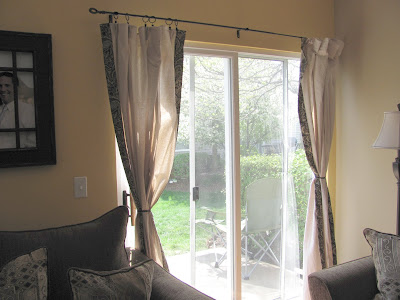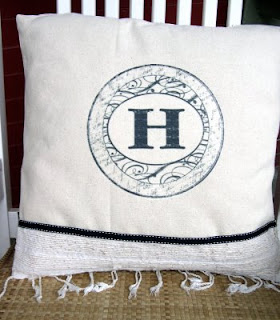It has since been discontinued (waaanh.) If you can find any- buy it. I thought it would make a great play mat for taking to church, the doctors, on the plane and so forth. I've had those big car road rugs before, but they were always just too big. This play mat is just the right size. Being the thrifty gal that I am, I figured of how to make these with the smallest amount of fabric possible, yet still be fun (the car fabric can be pricey.) These have been a great gift for Birthdays and Christmas! This little mat measures appox. 16"h x 24"w and is stored in a cute little drawstring bag (with plenty of room for those cars!)
Since the Michael Miller Fabric is hard to find, here are some other versions I've been making using fabric that IS still available (I got most of mine online at http://www.fatquartershop.com/):
This one is "Wheels" by My Mind's Eye for Riley Blake Designs
This adorable city-like road fabric is from "Timeless Treasures"-Multi Main street.
This fabric is from "Timeless Treasures"-Green cars.
Let's not forget our girls. This adorable fabric is from Michael Miller called "Lil' Kingdom." Just add a few princess dolls, a pony or two and she's off. I suspect it's being discontinued as well, so grab it while you can. If anyone comes across a fabric that would be suitable for a girl's playmat, PLEASE let me know!!
Alright, here's how to make these. They really aren't that hard and go together really quickly.
Instructions:
1. Cut your car fabric and back fabric to 16" high. You will then cut the fabrics in half to make two tops, one back, and one bag. So you need twice as much back fabric as road fabric. I hope that makes sense. (If you have 3 yards of car road fabric, you should get 14 mats out of it and would need 6 yards of backing fabric for the backs and bags.)
2.Cut some felt to the size of the road mat. This will go between the two fabrics to give it some weight. (If you would like, you can add an extra layer of clear plastic to the top to make it "wipeable." I left it off for expense.)
3.Sew all the way around the three layers, about 1/2" from the edge.
4.Use pinking shears to trim the edge and prevent fraying.
6. Sew the corners at the bottom to make a nice pleated bottom to the bag.
7. Fold the top edge down 1 inch. Fold again. Sew along folded edge to make a casing.
8.At the seam in the casing, backstitch a few times towards the top. Now unpick the seam. This allows you to thread the ribbon through the casing.
9.Attach a safety pin to your ribbon, thread through opening in seam and then knot. Add some fray check to the ends of the ribbon.
10.Fold the mat in thirds and then in half to fit into the bag. Throw in a few cars and you're ready to roll!
I made these for about $5 each. Look for clearance fabric for the backs/bags and clearance felt to lower your cost.
Okay, they're busy now! Go paint that dresser!!!
This week I'm participating in:





































































